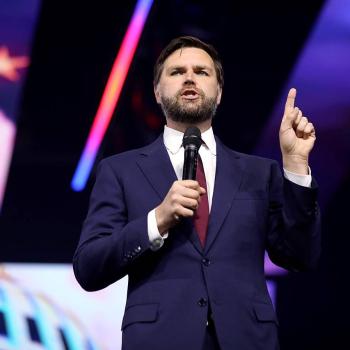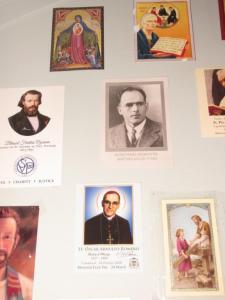The debate and issues surrounding the recent closure of the cathedral in Mexico City reminds me of what the separation of Church and state is really about: the state is seen as the ultimate, final authority and only reluctantly gives its people a sense of religious freedom, but a freedom which can be taken away at any time.
While it is a good thing to realize that there is a difference between the secular and the sacred spheres of life, Christians should realize that the secular sphere can only exist within the domain of the sacred, and not the other way around (as it exists today in Mexico, the United States, and so many other nations). When the secular is the ultimate authority, it must make room inside itself for the sacred. To do this, the state determines what is or is not a religion, making the state the final authority even on religious matters (which shows us that there really is no real separation between the two). And if there is any conflict between religion and the state, the state feels the need to exercise its authority. It fears that if it does not, it would lose that authority it so cherishes: this can help us understand why the Mormons were not given religious liberty in the 19th century America, and similarly, why Catholics are slowly find their liberty questioned and regulated in the 21st century.
No wonder many in the United States think that the statute of limitations should not apply to Catholics. It’s the way to have the state control what it sees is a threat to is authority, and to make sure Catholics realize who really holds the power in the United States. What is sad is that so many Catholics give in to this: political allegiences are seen as the arbitrator of religious beliefs and practices for far too many Catholics (on all sides of the political debate) instead of the other way around.
If the time comes that you must choose between flag or cross, which way would you go?












